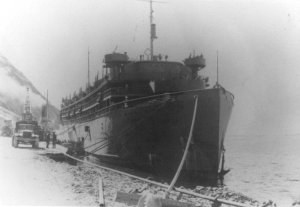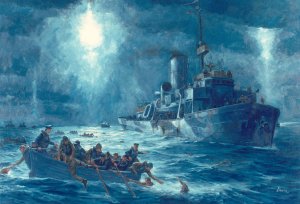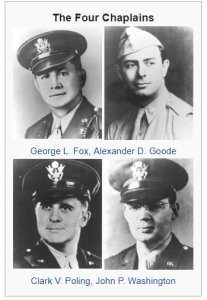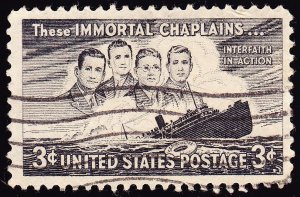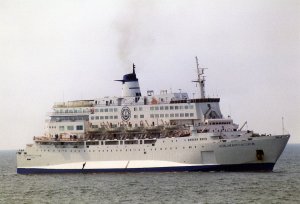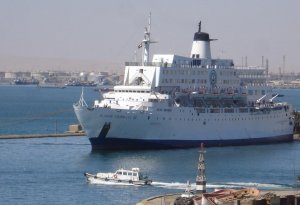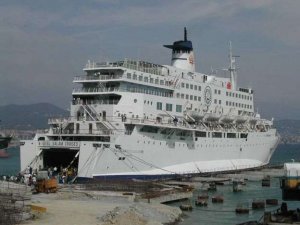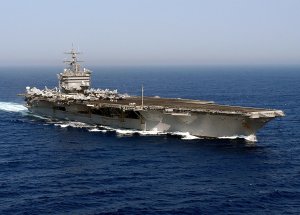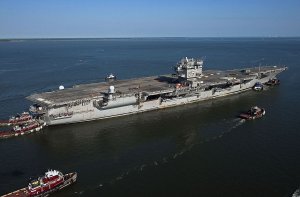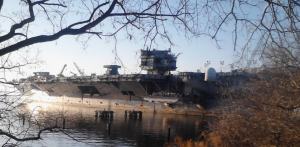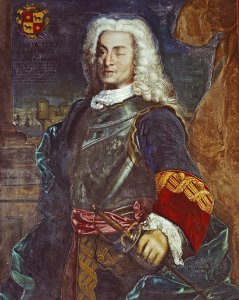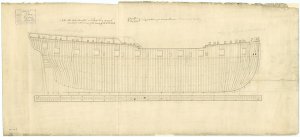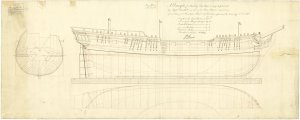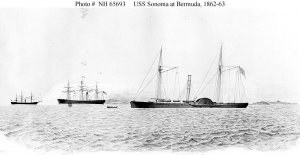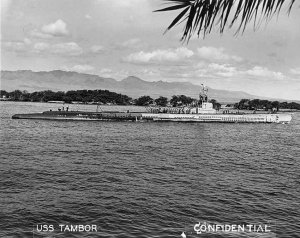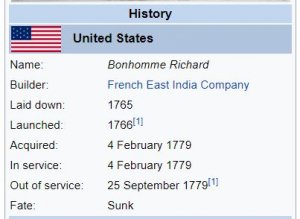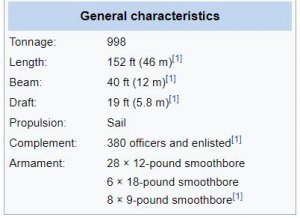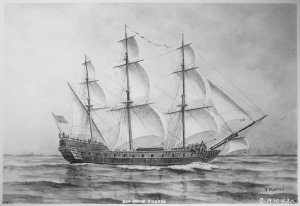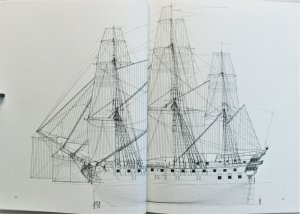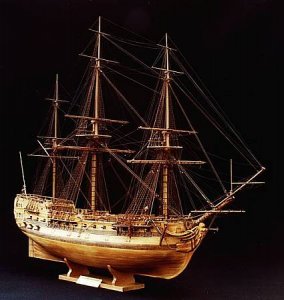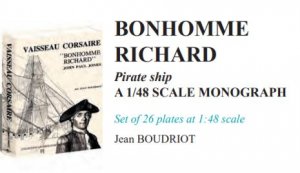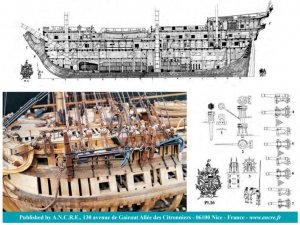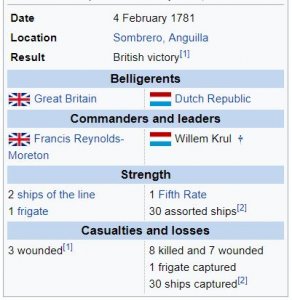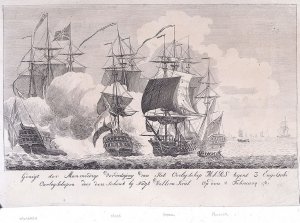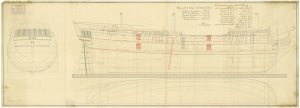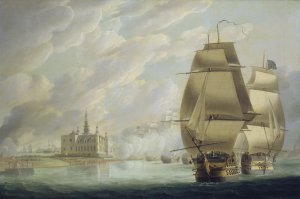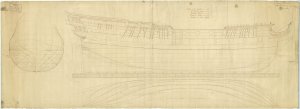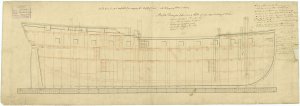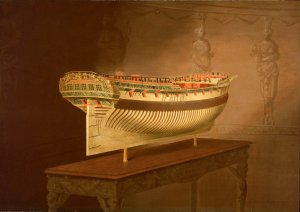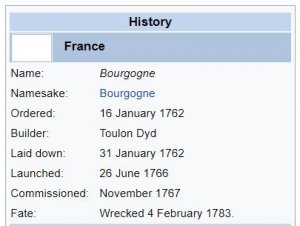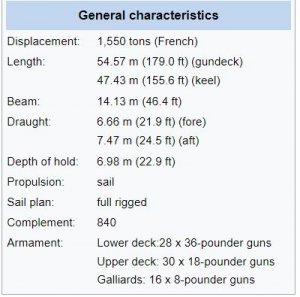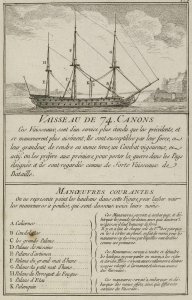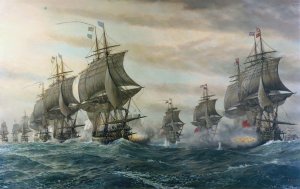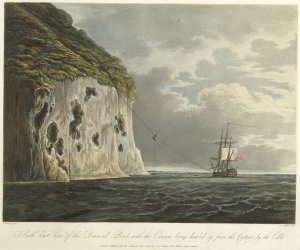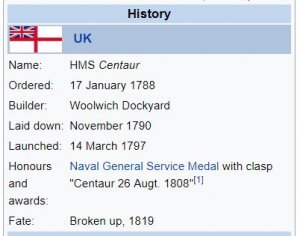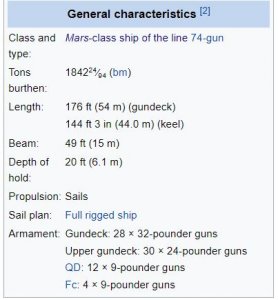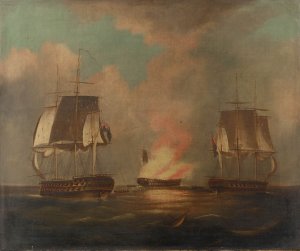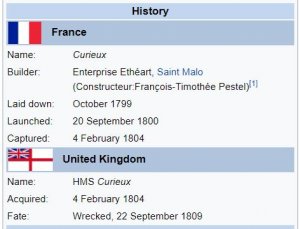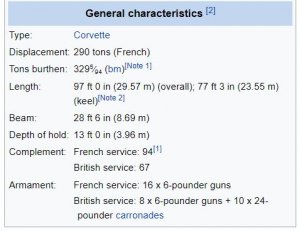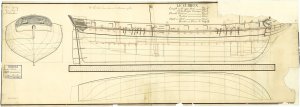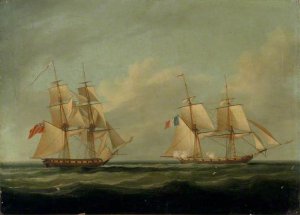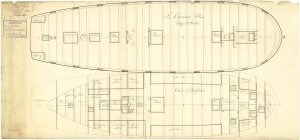Today in Naval History - Naval / Maritime Events in History
3 February 1663 – Launch of French La Saint Philippe, a 74-gun ship of the line of the French Royal Navy
The Saint Philippe was a 74-gun ship of the line of the French Royal Navy. She was built at Brest Dockyard, designed and constructed by Laurent Hubac. She was nominally a three-decker, but in practice the upper deck was divided into armed sections aft and forward of the unarmed waist, making the upper deck equivalent to a quarterdeck and forecastle.
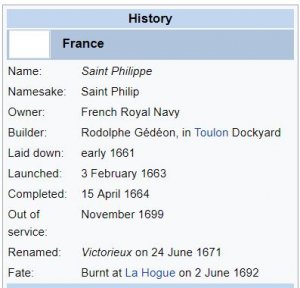
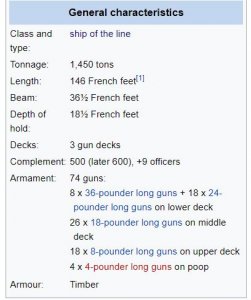
She took part in the Battle of Cherchell on 24 August 1665 (as flagship of François de Bourbon-Vendôme, Duc de Beaufort) and in the Battle of Solebay on 7 June 1672 (as flagship of Jean d'Estrées). After a rebuilding at Toulon between March 1689 and May 1690. she took part in the Battle of Beachy Head on 10 July 1690 (as flagship of Alain Emmanuel de Coëtlogon) and in the Battle of Barfleur on 29 May 1692. Following the latter battle, she was beached at La Hogue where she was attacked and burnt by the English on 2 June 1692
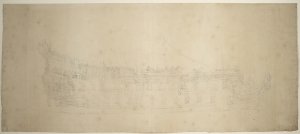
A ship of about 70-guns, mounting on the broadside fifteen guns on the gun deck, fourteen on the upper deck, three on the forecastle and five on the quarterdeck. It is viewed from slightly before the starboard beam, lying at anchor, saluting with small arms. The decks are crowded with people. There is also a boat on a spar deck in the waist, a lion figurehead, and three fleurs-de-lis on a shield amidst arms and trophies over the quarter gallery. The break of the quarterdeck and the upper works are also covered with fleurs-de-lis. This is one of a group of French ships drawn in the summer of 1673 when van de Velde visited the fleet while it was refitting after the first battle of Schooneveld. Robinson lists possibilities but suggests (based on the early watermark) that it maybe the ‘Saint Philippe’, 78-guns, which fought at Solebay (1672) but did not take part in the battles of 1673. This offset is one of a similar group of four, PAH9359, PAH3897, and PAH1825. It is not rubbed on the back and is inscribed in a later hand ‘Vandervelde’.
https://en.wikipedia.org/wiki/French_ship_Saint_Philippe_(1663)
Vaisseaux de Premier Rang Ordinaire
While the smaller First Rank ships also had three full-length gun decks, the uppermost of these before 1690 generally carried carriage guns only on the forward section and on the after section of that deck, with a section between them in the waist of the ship where no guns were mounted (and no gunports fitted). These ships had no forecastle or poop, so that the two sections of the upper gun deck served the function of forecastle and quarterdeck, while the nominal quarterdeck was short and served in effect the function of a poop.
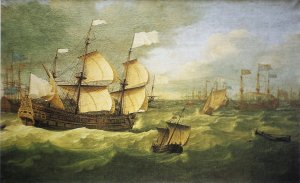
French ship Saint-Philippe, of 78 guns, at the Battle of Solebay - The painting is by Jan Karel Donatus Van Beeck, was painted in 1672,
All First Rank ships built from 1689 (until 1740) had three full-length gun decks, usually plus a number of smaller carriage guns mounted on the gaillards (i.e. the quarterdeck, forecastle and possibly a poop deck). Some of the earlier ships built before 1689 received extra guns and gunports fitted in the waist section of their upper deck around 1689, to bring them up to 80 guns or more.
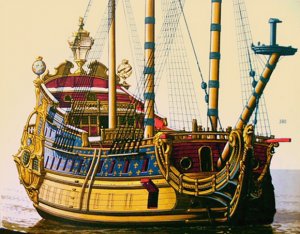
Le St-Philippe, à la même époque
https://en.wikipedia.org/wiki/List_of_ships_of_the_line_of_France
https://threedecks.org/index.php?display_type=show_ship&id=1980
http://savart.info/savard/migration/1663/
3 February 1663 – Launch of French La Saint Philippe, a 74-gun ship of the line of the French Royal Navy
The Saint Philippe was a 74-gun ship of the line of the French Royal Navy. She was built at Brest Dockyard, designed and constructed by Laurent Hubac. She was nominally a three-decker, but in practice the upper deck was divided into armed sections aft and forward of the unarmed waist, making the upper deck equivalent to a quarterdeck and forecastle.


She took part in the Battle of Cherchell on 24 August 1665 (as flagship of François de Bourbon-Vendôme, Duc de Beaufort) and in the Battle of Solebay on 7 June 1672 (as flagship of Jean d'Estrées). After a rebuilding at Toulon between March 1689 and May 1690. she took part in the Battle of Beachy Head on 10 July 1690 (as flagship of Alain Emmanuel de Coëtlogon) and in the Battle of Barfleur on 29 May 1692. Following the latter battle, she was beached at La Hogue where she was attacked and burnt by the English on 2 June 1692

A ship of about 70-guns, mounting on the broadside fifteen guns on the gun deck, fourteen on the upper deck, three on the forecastle and five on the quarterdeck. It is viewed from slightly before the starboard beam, lying at anchor, saluting with small arms. The decks are crowded with people. There is also a boat on a spar deck in the waist, a lion figurehead, and three fleurs-de-lis on a shield amidst arms and trophies over the quarter gallery. The break of the quarterdeck and the upper works are also covered with fleurs-de-lis. This is one of a group of French ships drawn in the summer of 1673 when van de Velde visited the fleet while it was refitting after the first battle of Schooneveld. Robinson lists possibilities but suggests (based on the early watermark) that it maybe the ‘Saint Philippe’, 78-guns, which fought at Solebay (1672) but did not take part in the battles of 1673. This offset is one of a similar group of four, PAH9359, PAH3897, and PAH1825. It is not rubbed on the back and is inscribed in a later hand ‘Vandervelde’.
https://en.wikipedia.org/wiki/French_ship_Saint_Philippe_(1663)
Vaisseaux de Premier Rang Ordinaire
While the smaller First Rank ships also had three full-length gun decks, the uppermost of these before 1690 generally carried carriage guns only on the forward section and on the after section of that deck, with a section between them in the waist of the ship where no guns were mounted (and no gunports fitted). These ships had no forecastle or poop, so that the two sections of the upper gun deck served the function of forecastle and quarterdeck, while the nominal quarterdeck was short and served in effect the function of a poop.

French ship Saint-Philippe, of 78 guns, at the Battle of Solebay - The painting is by Jan Karel Donatus Van Beeck, was painted in 1672,
All First Rank ships built from 1689 (until 1740) had three full-length gun decks, usually plus a number of smaller carriage guns mounted on the gaillards (i.e. the quarterdeck, forecastle and possibly a poop deck). Some of the earlier ships built before 1689 received extra guns and gunports fitted in the waist section of their upper deck around 1689, to bring them up to 80 guns or more.
- Vendôme 72, later 66 guns (designed and built by Laurent Hubac, launched Spring 1651 at Brest) – classed as First Rank in 1669; renamed Victorieux in June 1671 but hulked in the following month and taken to pieces in 1679. In 1660 the 72-gun Vendôme was the sole ship which met the criteria of carrying more than 70 guns, and she retained this First Rank status in spite of being later reduced to fewer than 70 guns.
- Saint Philippe 78, later 84 guns (designed and built by Rodolphe Gédéon, launched 3 February 1663 at Toulon) – classed as 1st Rank in 1669; burnt by the English in the Battle of La Hogue in June 1692
- Monarque 84 guns (designed and built by Laurent Coulomb, launched 28 April 1668 at Toulon) – broken up 1700
- Île de France 74/80 guns (designed and built by Louis Audibert, launched 16 February 1669 at Toulon) – renamed Lys in June 1671 and broken up 1691
- Couronne 80/82 guns (designed and built by Laurent Hubac, launched 18 February 1669 at Brest) – broken up in 1712
- Paris 72/80 guns (designed and built by Jean Serrin, launched 13 March 1669 at Toulon) – renamed Royale Thérèse in June 1671 and broken up in 1692
- Henri 80 guns (designed and built by Jean-Pierre Brun, launched April 1669 at Tonnay-Charente) – renamed Souverain in June 1671, then renamed Admirable in June 1678
- Sceptre 80, later 84 guns (designed and built by Laurent Coulomb, launched 11 February 1670 at Toulon) – broken up 1692
- Magnanime 70, later 76/80 guns (designed by Rodolphe Gédéon and built by Charles Audibert, launched 30 August 1673 at Marseille) – driven ashore and burnt in the Battle of Marbella in March 1705
- Admirable 80/84 guns (designed and built by Laurent Hubac, launched 1678 at Brest) – renamed Souverain in June 1678 and broken up 1706
- Grand 84/88 guns (designed and built by Honoré Malet, launched October 1680 at Rochefort) – broken up 1716 or 1717. This vessel was originally classed as a Second Rank ship of 80 guns, but was raised to the First Rank in 1690.
- Magnifique 84 guns (designed and built by François Chapelle, launched 12 April 1685 at Toulon) – burnt by the English in the Battle of La Hogue in June 1692. This vessel was originally classed as a Second Rank ship of 72 guns, but was raised to the First Rank in 1690.
- Conquérant 84 guns (designed and built by Blaise Pangalo, launched 10 August 1688 at Toulon) – rebuilt 1707. This vessel was originally classed as a Second Rank ship of 74 guns, but was raised to the First Rank in 1687.
- Intrépide 84 guns (designed and built by Honoré Malet, launched March 1690 at Rochefort) – broken up 1724.
- Saint Esprit 90 guns (designed and built by Blaise Pangalo, launched 24 May 1690 at Brest) – renamed Monarque in June 1690, and broken up 1717
- Victorieux 94, later 88 guns (designed and built by Honoré Malet, launched January 1691 at Rochefort) – broken up 1719
- Foudroyant Class, designed and built by Blaise Pangalo.
- Foudroyant 84/90 (launched 5 March 1691 at Brest) – burnt by the English in the Battle of la Hogue in June 1692
- Merveilleux 80/90 (launched 19 November 1691 at Brest) – burnt by the English in the Battle of La Hogue in June 1692
- Orgueilleux 88, later 90 guns (designed and built by Laurent Coulomb, launched 29 March 1691 at Lorient) – broken up 1716–17
- Admirable 84 guns (designed and built by Laurent Coulomb, launched 10 September 1691 at Lorient) – burnt by the English in an action at Cherbourg in June 1692
- Sceptre Class, designed and built by François Coulomb snr.
- Sceptre 84/88 guns (launched 10 November 1691 at Toulon) – broken up 1718
- Lis or Lys 84/88 guns (launched 17 December 1691 at Toulon) – driven ashore and burnt in the Battle of Marbella in March 1705
- Formidable 90 guns (designed and built by Étienne Hubac, launched 4 December 1691 at Brest) – broken up 1714
- Fulminant 98 guns (designed and built by Pierre Masson, launched December 1691 at Rochefort) – broken up 1719
- Ambitieux 92 guns (designed and built by Honoré Malet, launched December 1691 at Rochefort) – burnt by the English in the Battle of La Hogue in June 1692
- Vainqueur 84 guns (designed and built by Laurent and Pierre Coulomb, launched 24 February 1692 at Lorient) – broken up 1722
- Merveilleux 100, later 98 guns (designed and built by Blaise Pangalo, launched 22 November 1692 at Brest) – broken up 1712
- Magnifique 86 guns (designed and built by Honoré Malet, launched 23 November 1692 at Rochefort) – broken up 1716 or 1717
- Ambitieux 92 guns (designed and built by Honoré Malet and Jean Guichard, launched 5 December 1692 at Rochefort) – broken up 1713
- Admirable 96/90 guns (designed and built by Laurent Coulomb, launched 23 December 1692 at Lorient) – broken up 1716 or 1717
- Tonnant Class, designed and built by François Coulomb snr.
- Tonnant 90 guns (launched September 1693 at Toulon) – sold to be broken up 1710
- Saint Philippe 90/92 guns (launched October 1693 at Toulon) – broken up 1714
- Triomphant 94/98 guns (designed and built by Laurent Coulomb, launched 1 October 1693 at Lorient) – broken up 1725 or 1726
- Fier 90/94 guns (designed and built by Honoré Malet and Pierre Masson, launched 1694 at Rochefort) – broken up 1713

Le St-Philippe, à la même époque
https://en.wikipedia.org/wiki/List_of_ships_of_the_line_of_France
https://threedecks.org/index.php?display_type=show_ship&id=1980
http://savart.info/savard/migration/1663/




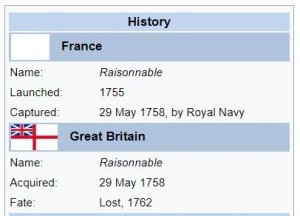
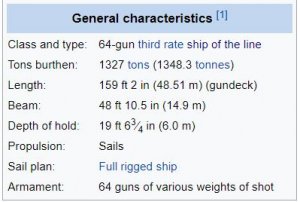

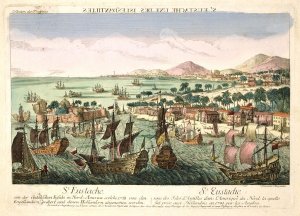
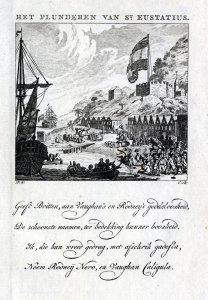
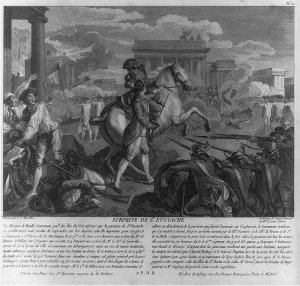
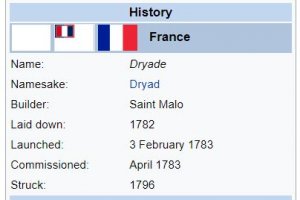
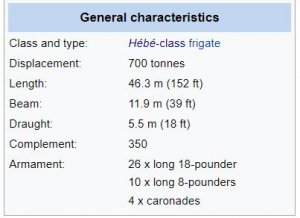
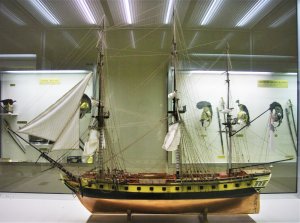
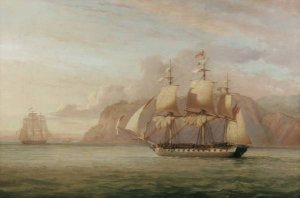
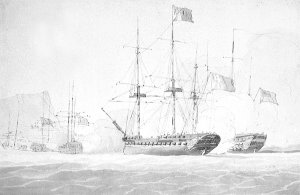
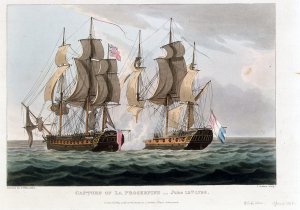
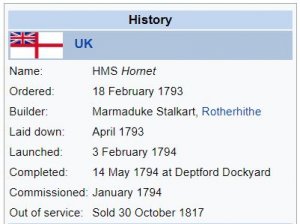
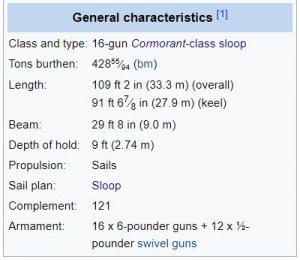
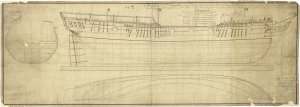
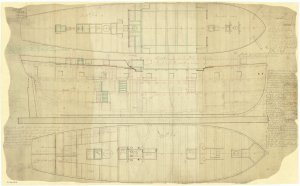

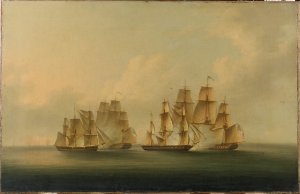
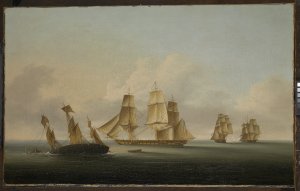


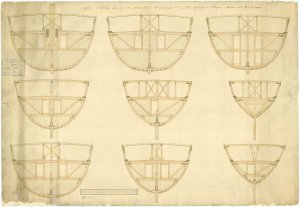
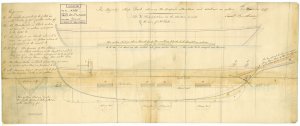
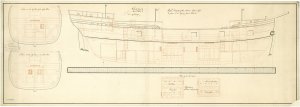
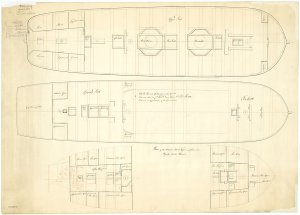
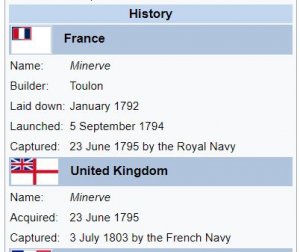
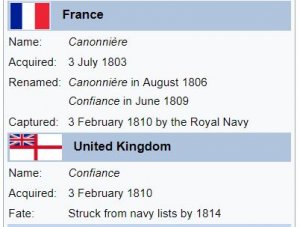
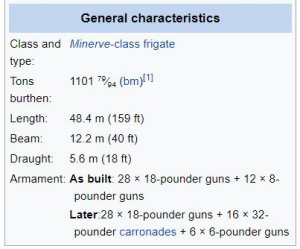
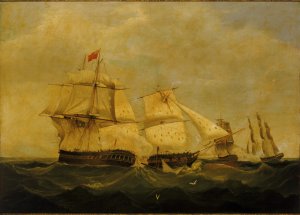
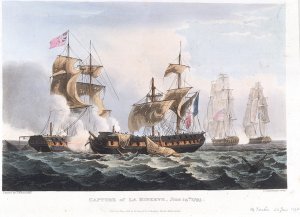
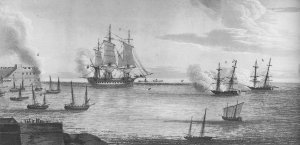
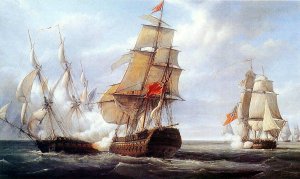
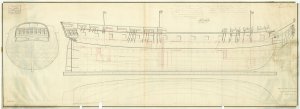
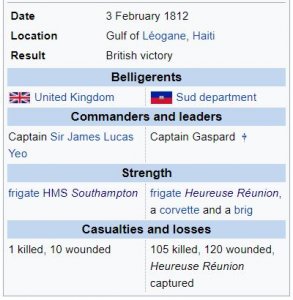
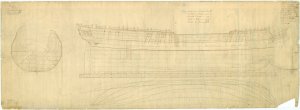
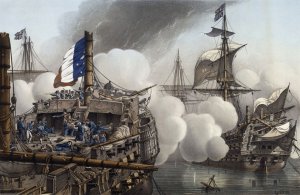
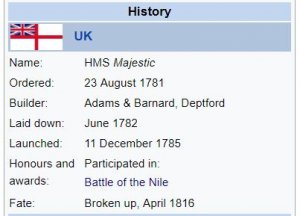
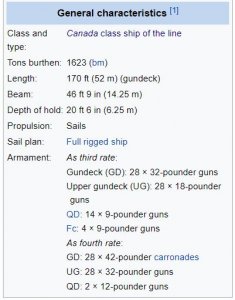


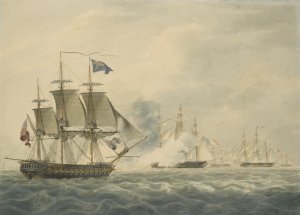

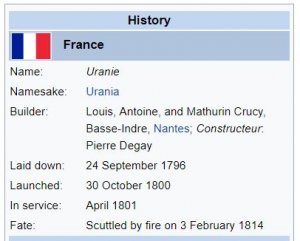
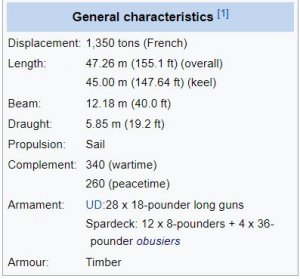
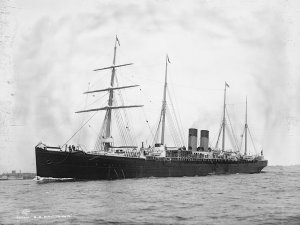
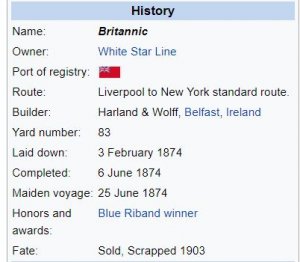
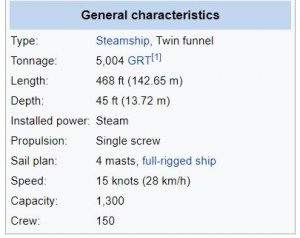
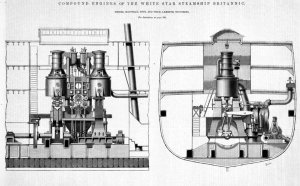
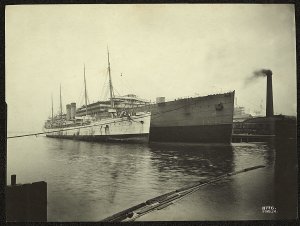
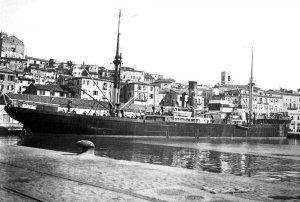
 , Virginia
, Virginia